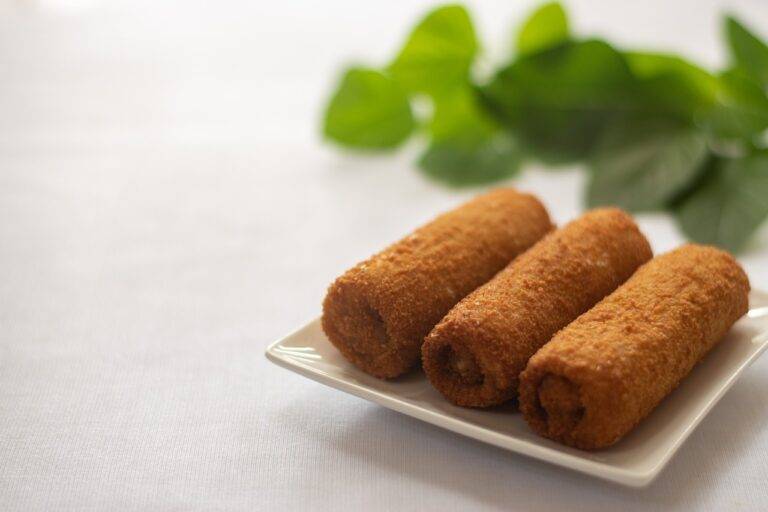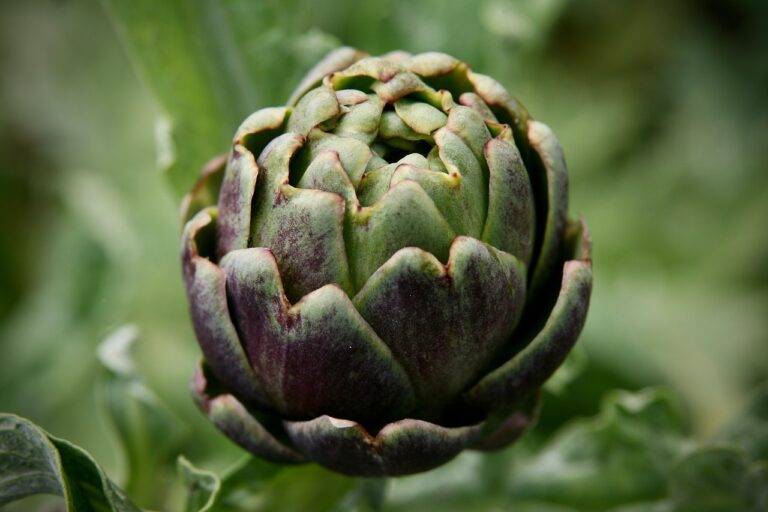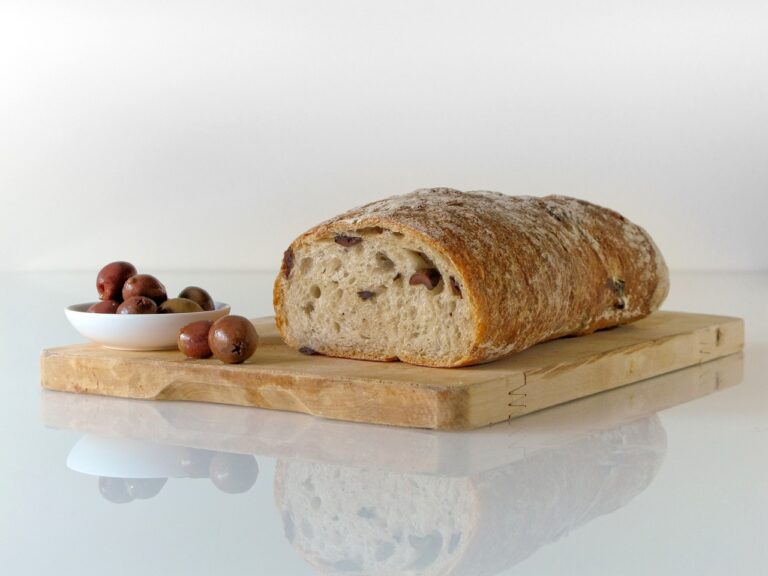Exploring the role of fruit pulp and puree in culinary therapy for vulnerable populations: Allexchbet com login, 99exch.com, All panel
allexchbet com login, 99exch.com, all panel: Exploring the role of fruit pulp and puree in culinary therapy for vulnerable populations
Are you looking for ways to incorporate healthy and delicious ingredients into your cooking? Fruit pulp and puree are versatile options that can add a burst of flavor and nutrients to your dishes. But did you know that these ingredients can also play a crucial role in culinary therapy for vulnerable populations? In this article, we will explore the benefits of using fruit pulp and puree in cooking for individuals facing health challenges or other vulnerabilities.
What is culinary therapy, and how can fruit pulp and puree be used in this context?
Culinary therapy is a form of therapy that utilizes cooking and food preparation to promote physical, emotional, and mental well-being. It can be particularly beneficial for vulnerable populations, such as individuals with chronic illnesses, mental health disorders, or disabilities. By engaging in cooking activities, these individuals can improve their motor skills, boost their self-esteem, and experience the therapeutic benefits of creating something with their own hands.
Fruit pulp and puree can be valuable ingredients in culinary therapy for several reasons. They are easy to digest, making them suitable for individuals with dietary restrictions or digestive issues. They are also packed with vitamins, minerals, and antioxidants, which can help boost immunity and overall health. Additionally, fruit pulp and puree add natural sweetness and vibrant colors to dishes, making them visually appealing and enjoyable to eat.
How can fruit pulp and puree be incorporated into recipes for vulnerable populations?
There are countless ways to incorporate fruit pulp and puree into recipes for vulnerable populations. Here are a few ideas to get you started:
1. Smoothies: Blend fruit pulp or puree with yogurt, milk, or juice to create delicious and nutritious smoothies. This can be a great way to sneak in extra vitamins and minerals for individuals who may have difficulty eating solid foods.
2. Soups and sauces: Add fruit puree to soups and sauces to enhance flavor and texture. For example, pureed apples or pears can add sweetness and depth to savory dishes like curries or stews.
3. Baked goods: Use fruit pulp or puree as a natural sweetener in baked goods like muffins, cakes, and cookies. This can help reduce the amount of added sugar in recipes while adding moisture and flavor.
4. Salad dressings: Mix fruit puree with oil, vinegar, and seasonings to create unique and flavorful salad dressings. This can encourage individuals to eat more fruits and vegetables by making salads more appealing.
5. Frozen treats: Blend fruit pulp or puree with yogurt or coconut milk to make healthy and refreshing frozen treats like popsicles or sorbets. This can be a fun and enjoyable way to incorporate fruit into the diet.
6. Energy bars: Combine fruit pulp with nuts, seeds, and grains to make homemade energy bars or bites. These can be a convenient and nutritious snack option for individuals with busy lifestyles.
What are the benefits of using fruit pulp and puree in culinary therapy for vulnerable populations?
The use of fruit pulp and puree in culinary therapy can offer a range of benefits for vulnerable populations. Some of the key advantages include:
1. Nutritional support: Fruit pulp and puree are rich in essential nutrients like vitamins, minerals, and antioxidants, which can help support the overall health and well-being of individuals facing health challenges.
2. Improved digestion: The smooth texture of fruit pulp and puree makes them easy to digest, making them suitable for individuals with digestive issues or difficulty chewing.
3. Mental stimulation: Engaging in cooking activities with fruit pulp and puree can help stimulate cognitive function and improve memory, concentration, and problem-solving skills.
4. Emotional well-being: Cooking and creating dishes with fruit pulp and puree can be a therapeutic and enjoyable experience, boosting self-esteem and fostering a sense of accomplishment and satisfaction.
5. Social interaction: Cooking activities can be a great way to facilitate social interaction and connection among vulnerable populations, promoting a sense of community and belonging.
6. Diversification of diet: Using fruit pulp and puree in recipes can help individuals with dietary restrictions or aversions to try new foods and flavors, expanding their culinary horizons and promoting a balanced diet.
7. Sensory stimulation: The vibrant colors, aromas, and flavors of fruit pulp and puree can provide sensory stimulation for individuals with sensory processing disorders or cognitive impairments.
Incorporating fruit pulp and puree into culinary therapy for vulnerable populations can be a creative and effective way to promote health and well-being. By harnessing the nutritional and sensory benefits of these ingredients, individuals facing health challenges can experience the joy and therapeutic benefits of cooking and eating delicious and nourishing meals.
FAQs
Q: Are fruit pulp and puree suitable for individuals with dietary restrictions or food allergies?
A: Fruit pulp and puree can be a versatile option for individuals with dietary restrictions or food allergies, as they are often free from common allergens like dairy, gluten, and nuts. However, it is essential to check the ingredients and consult with a healthcare professional to ensure that they are safe for specific dietary needs.
Q: How can I make fruit pulp and puree at home?
A: To make fruit pulp or puree at home, simply blend fresh or frozen fruits with a little water or juice until smooth and creamy. You can then strain the mixture through a fine mesh sieve to remove any pulp or seeds, depending on your preferences. Store the fruit pulp or puree in an airtight container in the fridge or freezer for future use.
Q: Can fruit pulp and puree be used in savory dishes as well as sweet dishes?
A: Yes, fruit pulp and puree can be used in a variety of savory dishes to add natural sweetness, depth of flavor, and moisture. They can be particularly beneficial in dishes like curries, marinades, sauces, and dressings, where they can enhance the overall taste and texture of the dish.
Q: Are there any specific fruits that are particularly well-suited for use in culinary therapy?
A: While any fruits can be used in culinary therapy, some fruits are particularly well-suited for their nutritional benefits and versatile flavor profiles. Berries like blueberries, strawberries, and raspberries are rich in antioxidants and vitamins, while fruits like bananas, apples, and pears are excellent sources of fiber and natural sweetness. Experiment with different fruits to find combinations that work well for your cooking projects.
In conclusion, fruit pulp and puree are valuable ingredients that can play a significant role in culinary therapy for vulnerable populations. By incorporating these ingredients into recipes, individuals facing health challenges can enjoy the nutritional, sensory, and therapeutic benefits of cooking and eating delicious and nourishing meals. So why not give fruit pulp and puree a try in your next culinary therapy session and discover the joy and healing power of cooking with these versatile ingredients. Happy cooking!







